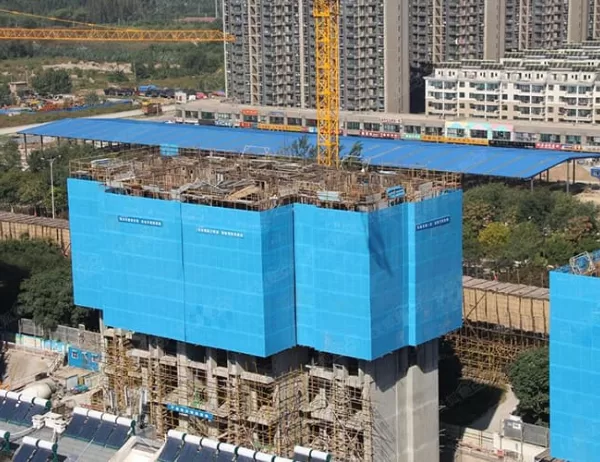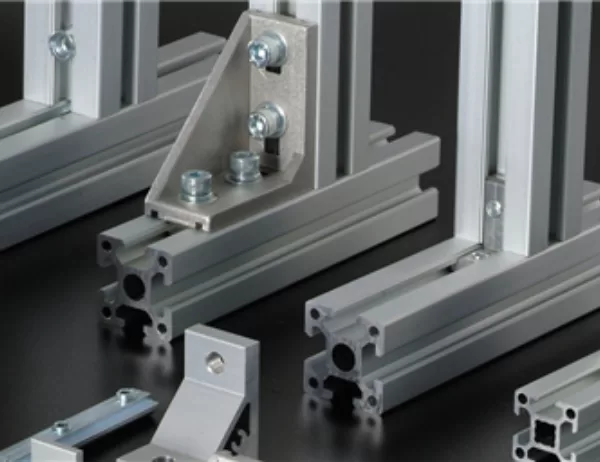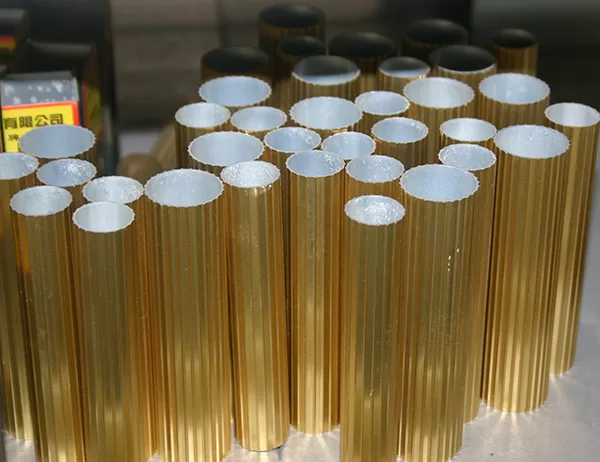The burgeoning solar energy industry is driven by the imperative to transition to renewable energy sources and mitigate climate change. Aluminum extrusion, a versatile manufacturing process, plays a significant role in enabling the sustainability of solar energy systems. Here are several key benefits:
Reduced Carbon Footprint
Aluminum extrusion involves shaping aluminum alloys into desired profiles without significant material waste. The process is highly energy-efficient, consuming far less energy than casting or forging. Additionally, aluminum is readily recyclable, allowing for the re-utilization of materials at the end of a solar panel’s life cycle. This closed-loop system significantly reduces the carbon footprint associated with solar energy production.
Durability and Longevity
Extruded aluminum components used in solar panels are renowned for their durability and longevity. The inherent strength and corrosion resistance of aluminum ensure that solar panels can withstand harsh environmental conditions, such as extreme temperatures, UV radiation, and wind loads. This extended lifespan translates into long-term cost savings and reduced environmental impact due to premature replacement.
Optimized Performance
The precise dimensions and smooth surfaces achieved through extrusion enable the efficient assembly and installation of solar panels. This precision translates into higher solar conversion efficiency, as light is more effectively directed towards the photovoltaic cells. Optimized performance leads to increased energy generation and reduced system costs over time.
Lightweight and Flexible
The lightweight nature of extruded aluminum allows for easy handling and transportation of solar panels. This reduces logistical challenges and associated emissions. Moreover, the flexibility of extruded aluminum profiles allows for customization to meet specific project requirements, enabling solar systems to be tailored to various roof configurations and other structural constraints.
Enhanced Safety
The non-flammability of aluminum provides enhanced safety in solar energy systems. In the event of a fire, extruded aluminum components minimize the risk of spreading flames, protecting both the solar installation and the surrounding environment.
Conclusion
By offering a combination of sustainability benefits, aluminum extrusion is a key enabler of the transition to solar energy. Its reduced carbon footprint, durability, optimized performance, lightweight nature, flexibility, and enhanced safety make it a sustainable and cost-effective solution for solar energy systems. As the industry continues to grow, the role of aluminum extrusion in promoting sustainability will become increasingly significant.




